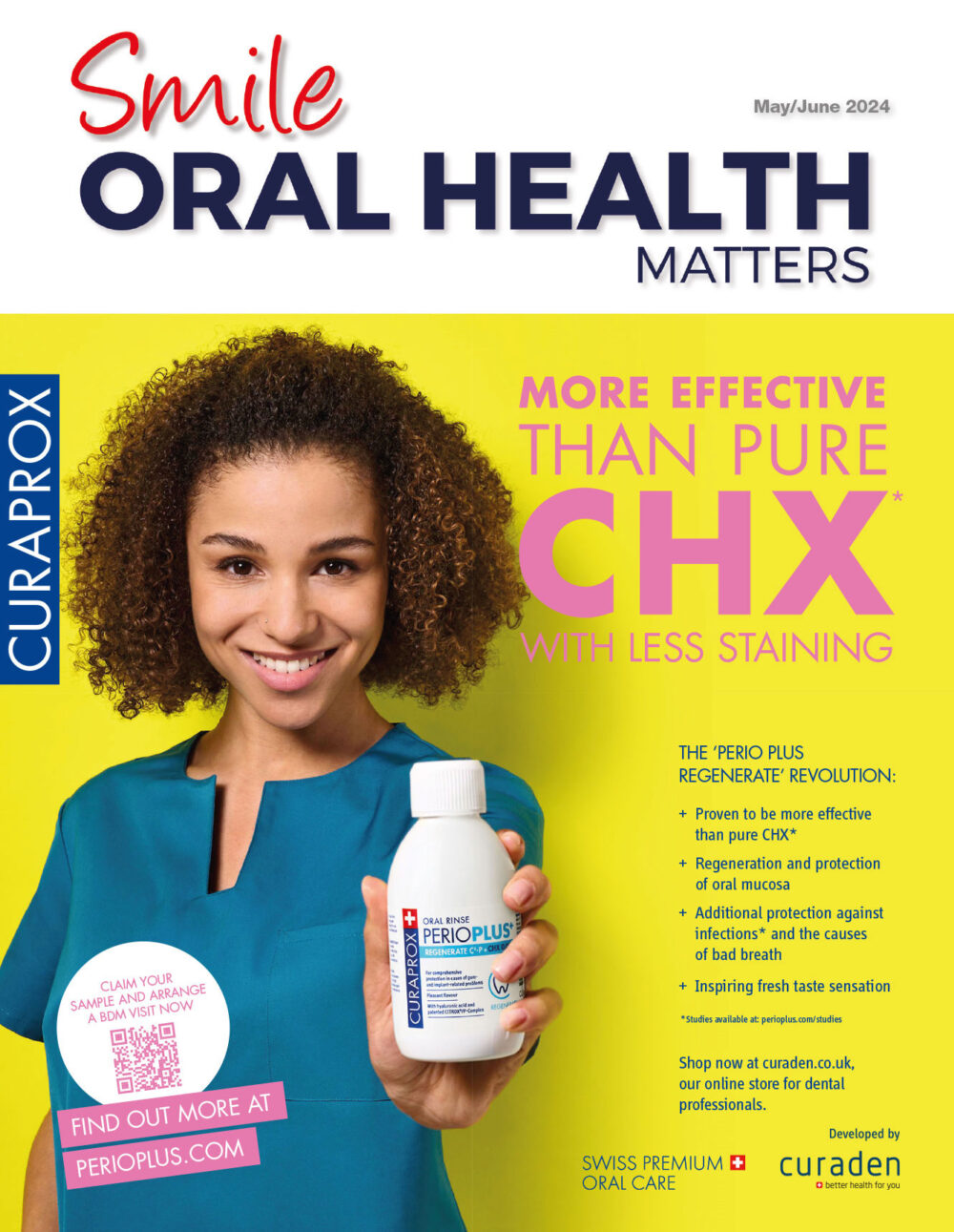
A full mouth restoration is a comprehensive dental treatment plan that aims to improve the overall health, function and appearance of teeth and gingiva. The procedure is often used to treat patients who have complex dental and oral health needs, and may involve a combination of different interventions, including dental implants, crowns, veneers, bridges or dentures.
In cases of severe maxillary and mandibular atrophy, full mouth rehabilitation may also include various surgical techniques, such as soft tissue grafting and advanced implant procedures. Clinicians may work closely with dental laboratories or specialist referral services at different stages of treatment to optimise outcomes.
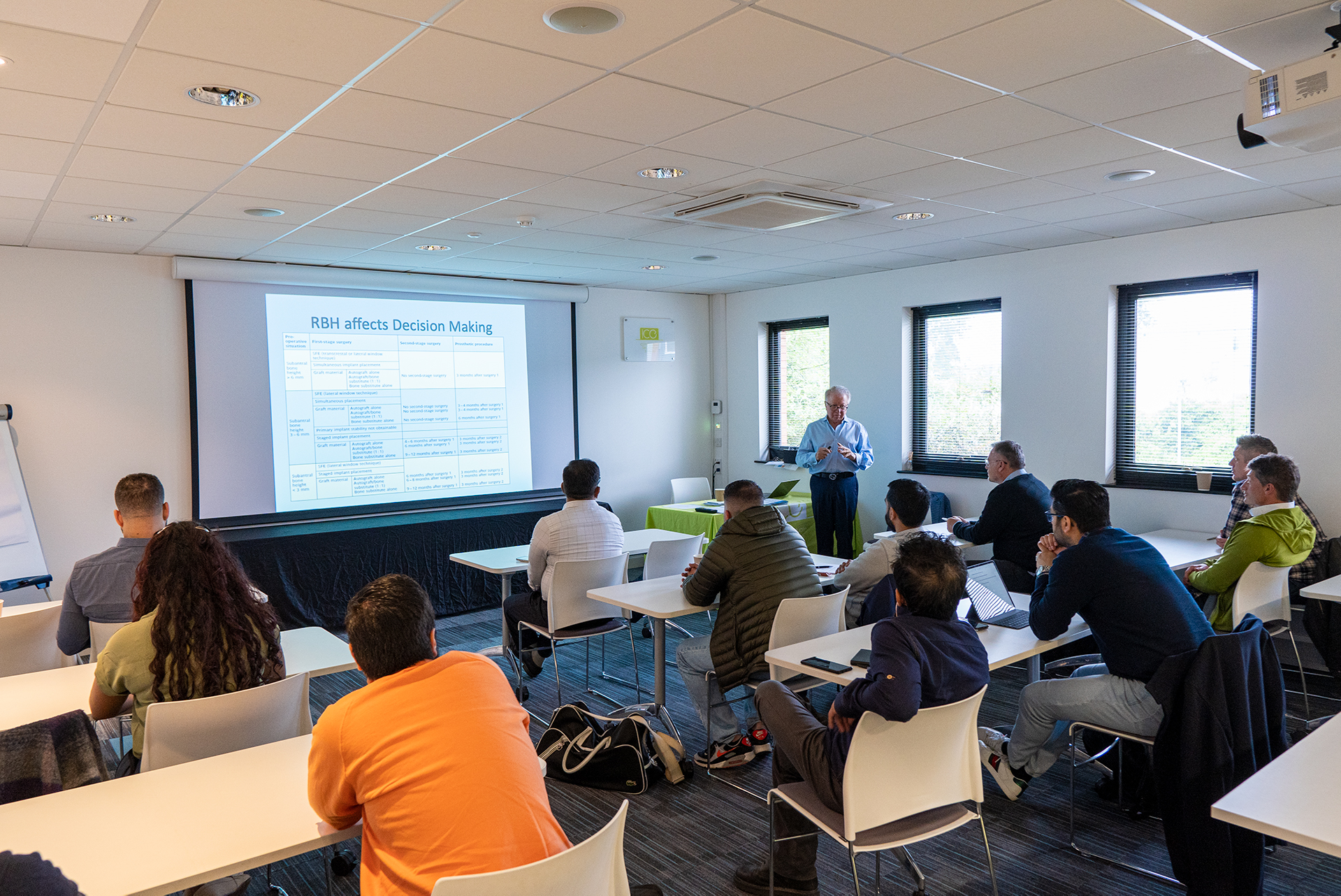
Providing appropriate, customised care that addresses both the physical and psychosocial needs of the patient requires not only familiarity with advanced surgical techniques and materials, but also a collaborative approach to care.[i] Patient involvement in their treatment has been shown to improve outcomes and prevent complications, as well as to enhance clinician satisfaction in daily practice.[ii]
Psychosocial wellbeing, together with oral function, orofacial pain and orofacial aesthetics, forms the basis for an assessment of oral health-related quality of life (OHRQoL). To ensure patients’ needs are met in all these areas, clinicians are encouraged to employ methods that are tailored to each individual patient. This helps encourage patient participation in decision-making, adherence to instructions, and understanding of all variables and potential complications, ensuring fully informed consent is obtained.[iii]
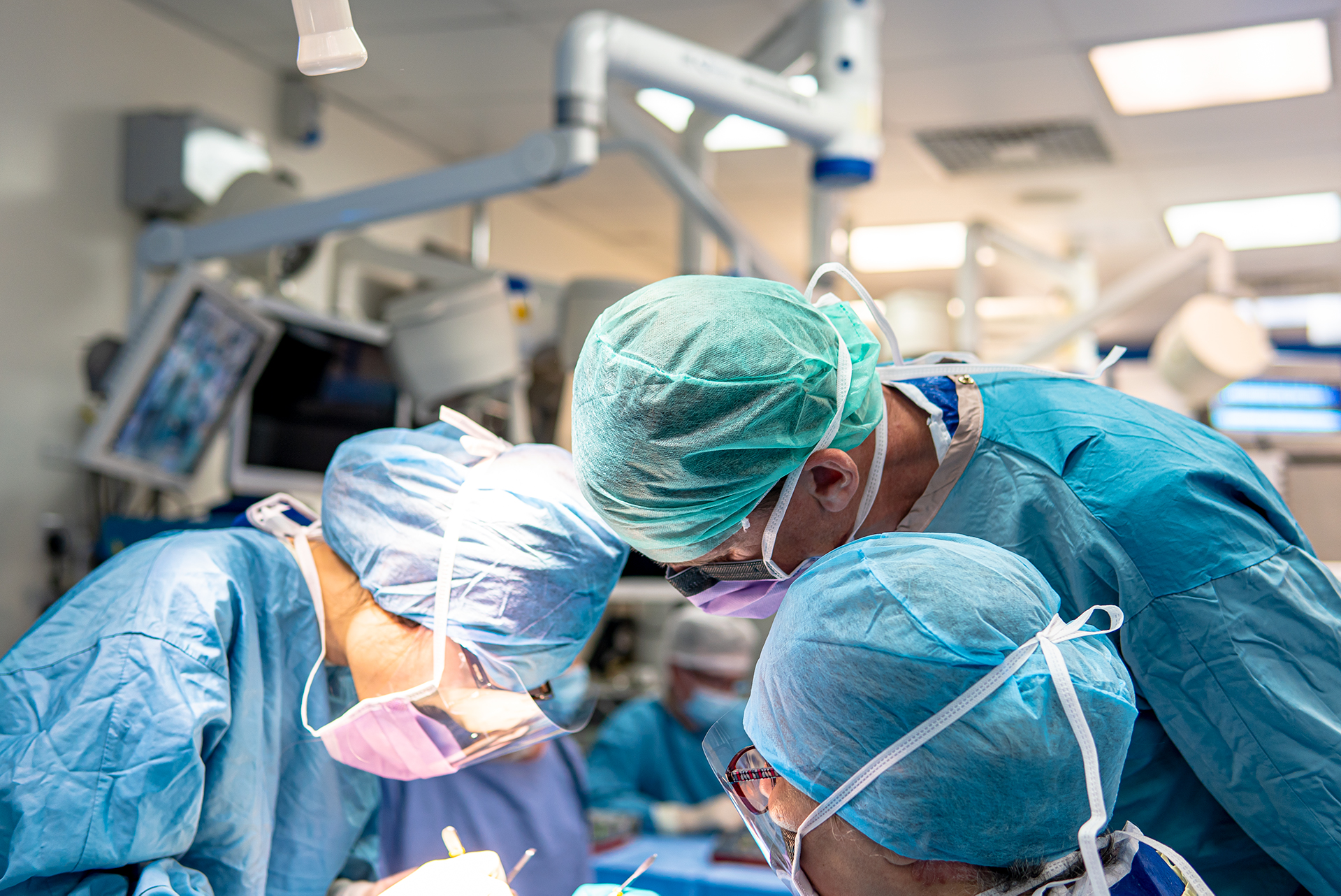
The classic full mouth rehabilitation treatment plan – starting with consent
A thorough examination of the patient’s dental and medical history, along with appropriate scans, like cone beam computed tomography (CBCT), and radiographic scans are needed to evaluate the condition of the whole mouth, including bone quality and gingival health.
Clinicians may use digital 3D imaging and/or traditional analogue techniques to gain a comprehensive picture of the patient’s oral health and to predict treatment outcomes. Smile design technology can help with planning specific restorative approaches, and can enhance patient communication. Such tools can assist in explaining why you have recommended certain treatments over others, and what measures patients might need to take to optimise outcomes, ensuring consent is fully informed.[iv]
General considerations for success
Appropriate case selection and careful treatment planning are critical to a successful outcome, and patient preferences should be considered.[v] Assessments will need to be made regarding the most effective treatment on a case-by-case basis. For patients with a severely atrophic jaw, this may include an evaluation of the comparative benefits of a fixed versus a removable prosthesis or hybrid solutions, and grafting of bone or soft tissue – or both – may be considered. Planning treatment according to anatomical and prosthodontic needs can aid greatly in improving both aesthetics and function of the final restoration.[vi]
Where minimally invasive treatment is considered appropriate, this may be achieved through using guided surgery, flapless implant placement, or the use of short implants.[vii] For some patients, zygomatic or pterygoid implants may be considered to be a minimally invasive option.[viii]
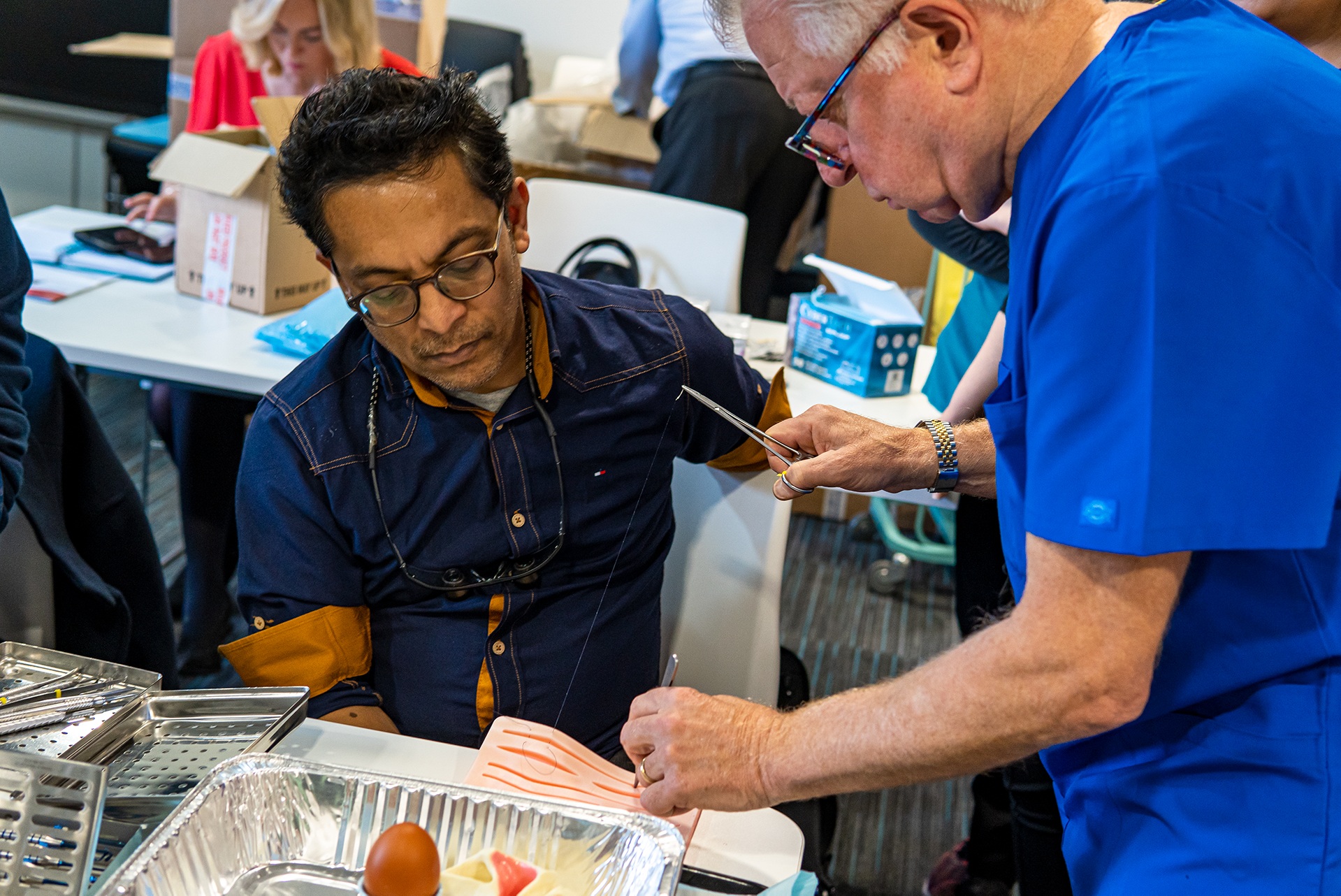
Occlusal rehabilitation for fully edentulous patients may be achieved by simultaneous reconstruction of both dental arches or by following a quadrant-based approach. The principles underlying complete mouth rehabilitation are founded on three established concepts: the presence of a consistent physiological rest position of the mandible, the acknowledgment of a variable vertical dimension of occlusion, and the acceptance of a dynamic and functional centric occlusion. Therefore, the goals of rehabilitation encompass the health of the periodontium, the vertical dimension, interocclusal distance, a balanced functional occlusion, and aesthetic considerations.[ix]
In fully edentulous cases, speech and language considerations are essential. Phonetic analysis, especially involving fricative sounds (e.g., “f” and “v”) and sibilants (e.g., “s”), is a valuable diagnostic tool. Fricatives help determine the correct incisal edge position of the anterior maxillary teeth, while sibilants are key for establishing the correct location of the lingual tooth surfaces, which influences the occlusal vertical dimension.[x]
Gaining skills to meet the needs of patients
Dental professionals wishing to meet the complex needs of their edentulous patients, can take greater control of the whole treatment plan through advanced learning. Eminent specialist oral surgeon, Professor Cemal Ucer, along with a team of expert faculty, teach a comprehensive course in Full Mouth Rehabilitation at the ICE Postgraduate Dental Institute and Hospital. The course, taking place over 3 parts, with an optional additional supervised clinical training opportunity, offers delegates advanced learning in complex oral implant rehabilitation, which includes the development of a customised approach to care.
As full mouth rehabilitation cases involve so many variables, clinicians must remain at the forefront of evolving techniques and technologies. Success lies in the combination of technical skill, thoughtful planning, and a patient-centred approach. By fostering interdisciplinary collaboration, engaging patients in shared decision-making, and pursuing ongoing professional development, dental professionals are well-positioned to deliver care that not only restores function and aesthetics, but also transforms lives.

Please contact Professor Ucer at ucer@icedental.institute or Mel Hay at mel@mdic.co
01612 371842
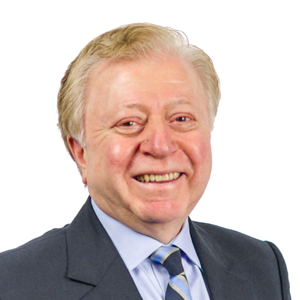
Prof. Cemal Ucer, BDS, MSc, PhD, FDTFEd., ITI Fellow, Specialist Oral Surgeon
[i] Su N, van Wijk A, Visscher CM. Psychosocial oral health-related quality of life impact: A systematic review. J Oral Rehabil. 2021 Mar;48(3):282-292. doi: 10.1111/joor.13064. Epub 2020 Aug 14. PMID: 32761938; PMCID: PMC7984127.
[ii] Krist AH, Tong ST, Aycock RA, Longo DR. Engaging Patients in Decision-Making and Behavior Change to Promote Prevention. Stud Health Technol Inform. 2017;240:284-302. PMID: 28972524; PMCID: PMC6996004.
[iii] Su N, van Wijk A, Visscher CM. Psychosocial oral health-related quality of life impact: A systematic review. J Oral Rehabil. 2021 Mar;48(3):282-292. doi: 10.1111/joor.13064. Epub 2020 Aug 14. PMID: 32761938; PMCID: PMC7984127.
[iv] Saini RS, Bavabeedu SS, Quadri SA, Gurumurthy V, Kanji MA, Kuruniyan MS, Binduhayyim RIH, Avetisyan A, Heboyan A. Impact of 3D imaging techniques and virtual patients on the accuracy of planning and surgical placement of dental implants: A systematic review. Digit Health. 2024 May 7;10:20552076241253550. doi: 10.1177/20552076241253550. PMID: 38726220; PMCID: PMC11080757.
[v] Pasam, N. Raja S. (2010). Full Mouth Rehabilitation. IJDA, 2(3), 285.
[vi] Dzalaeva F, Chikunov S, Utyuzh A, Mikhailova M, Budunova M. Assessing Safety and Clinical Effectiveness of New Approaches to Planning and Integrated Implementation of Full-Mouth Reconstruction. Eur J Dent. 2021 Feb;15(1):109-116. doi: 10.1055/s-0040-1715989. Epub 2020 Sep 8. PMID: 32898870; PMCID: PMC7902115.
[vii] Pietro Felice, Maryia Karaban, Roberto Pistilli, Pierantonio Bellini, Lorenzo Bonifazi, Carlo Barausse,
Minimally invasive rehabilitation of a severely atrophic and fully edentulous maxilla using 4-mm-ultrashort implants: A case report with 1-year follow-up, Oral and Maxillofacial Surgery Cases, Volume 6, Issue 3, 2020, 100176, ISSN 2214-5419, https://doi.org/10.1016/j.omsc.2020.100176.
[viii] Chrcanovic BR, Pedrosa AR, Neto Custódio AL. Zygomatic implants: a critical review of the surgical techniques. Oral Maxillofac Surg. 2013 Mar;17(1):1-9. doi: 10.1007/s10006-012-0316-y. Epub 2012 Jan 25. PMID: 22274763.
[ix] Pasam, N. Raja S. (2010). Full Mouth Rehabilitation. IJDA, 2(3), 285.
[x] Cone, M. R. (2016). Rethinking the traditional full-mouth rehabilitation by applying minimal prosthetic dentistry for maximum patient benefit. Gen Dent, 64, 46-53.















